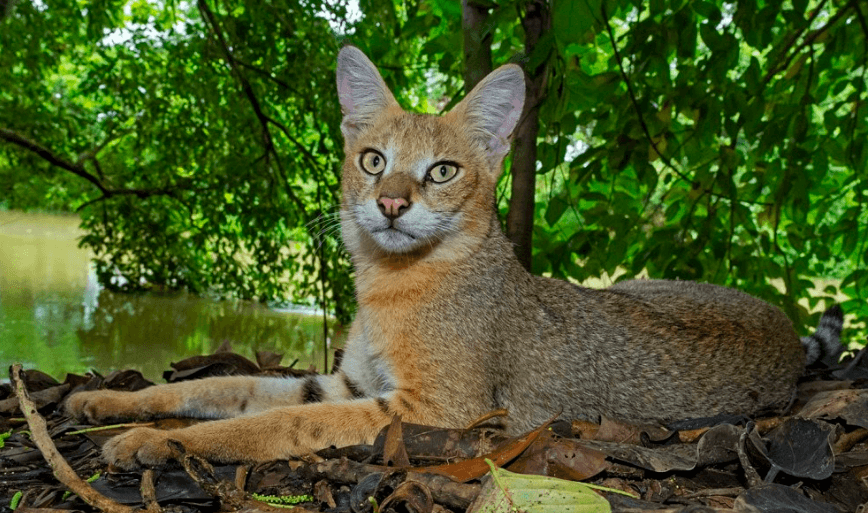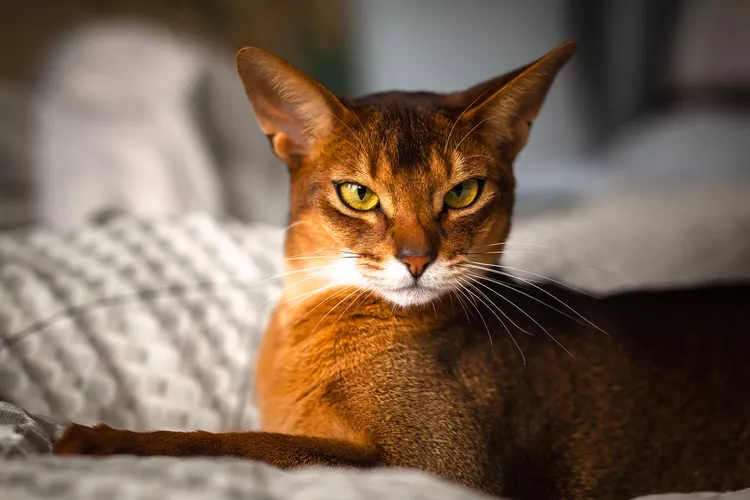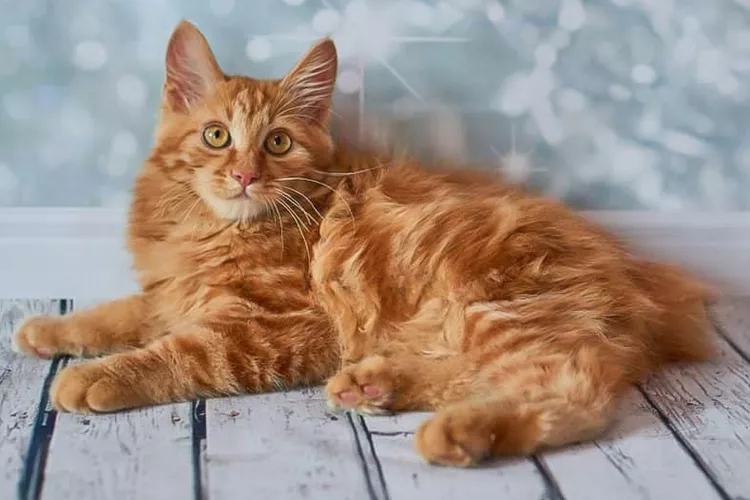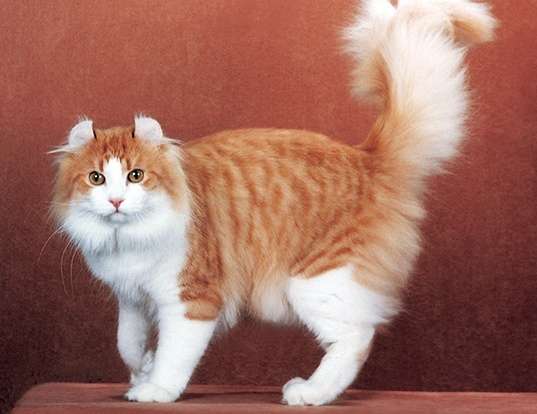
Description
Size: 4.4–35.3 lbs.
A medium-sized cat, the jungle cat (Felis chaus) is. The Caucasus Mountains are where its name originates. Because it prefers wet conditions, it is also known as the Reed cat or Swamp cat. The largest of the existing Felis species along with the with lengthy legs is the jungle cat. In general, females are lighter and smaller than men. With a white muzzle, the face is long and thin. The large, pointed ears are close-set, reddish brown on the rear, and have a little tuft of black hairs. Melanistic and albino individuals have been observed from the Indian subcontinent; the coat is sandy, reddish brown, or grey, and is frequently colored and free of markings.
Adults may still have some of the markings that are seen in kittens’ stripes and spots. The cat’s body is covered in hair with dark tips, giving it a speckled appearance. The throat is pale, and the belly is often lighter than the rest of the body. Compared to the underparts, the back has fur that is denser. Two to three dark rings appear on the last third of the tail’s length to identify the black-tipped tail. A prominent spinal crest is present. The Jungle cat resembles a little lynx due to its long legs, short tail, and tuft on the ears. It is both bigger and leaner than a domestic cat.
Behavior
Jungle cats live alone, only social during the breeding season. Despite not being exclusively nocturnal, they are most active at night. They often move 5 to 6 kilometers per night and are more visible at dusk. On chilly winter days, they frequently sunbathe while normally sleeping in deep cover during the day. In contrast to most cat species, jungle cats are excellent swimmers who would plunge into the water to capture fish with their mouth.

Origin and History
The Caucasus Mountains, where this cat was initially found, are where it gets its name. India, Pakistan, and Bangladesh are the countries where jungle cats are most common. Additionally, it can be found in Egypt, all of Central Asia, southwest Asia, and southeast Asia, with its distribution even reaching into southern China. The typical habitats of jungle cats include swamps, wetlands, flood plains, and dense coastal vegetation at relatively low heights. These cats may be found in a variety of various habitat types, including deserts where they reside near oasis and along riverbeds, as well as grassland, woodland, and dry deciduous woods, despite the fact that they are almost always connected to lush vegetation and water.
As Pet
Nutrition
Rodents make up the majority of the Jungle Cat’s diet, although they also consume reptiles, wild pigs, birds, insects, and amphibians. They can even dive to capture fish because of their excellent swimming abilities.
Grooming
Jungle cats groom themselves to maintain their cleanliness and to get rid of their scent, which deters possible prey from smelling them.
Table





